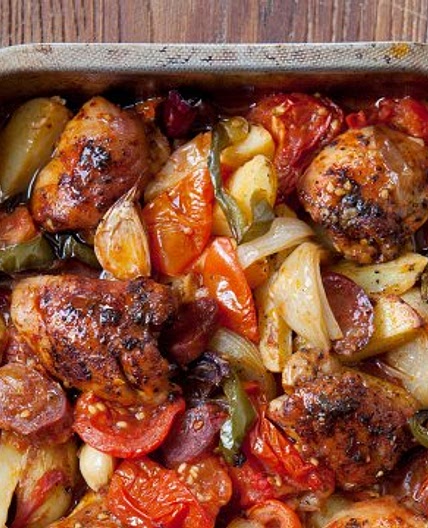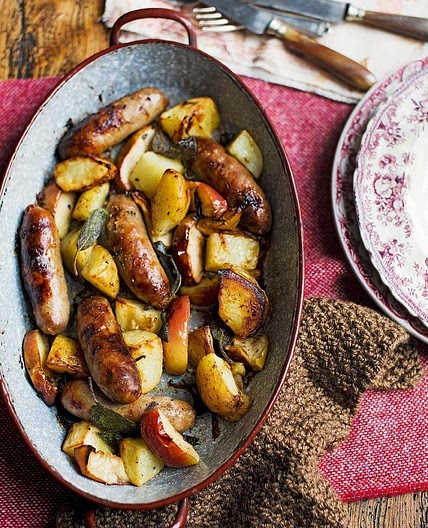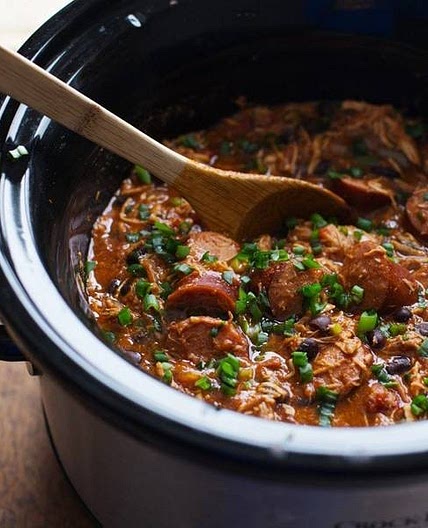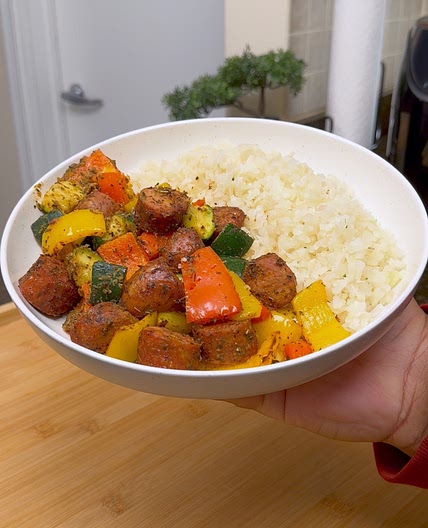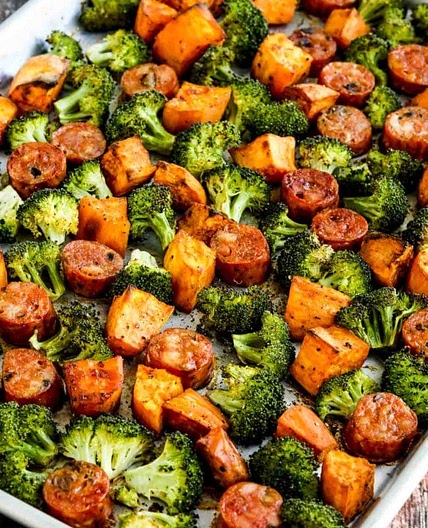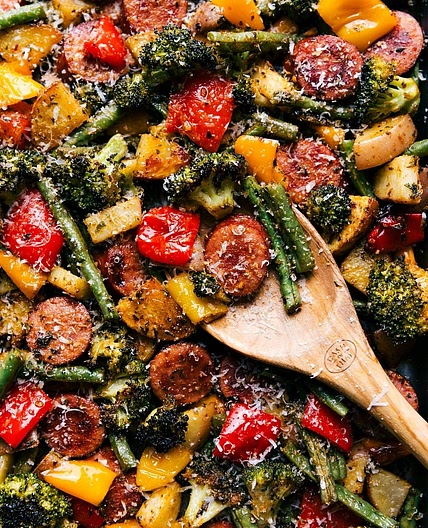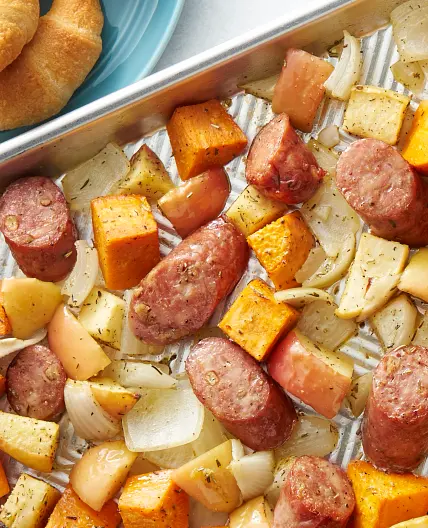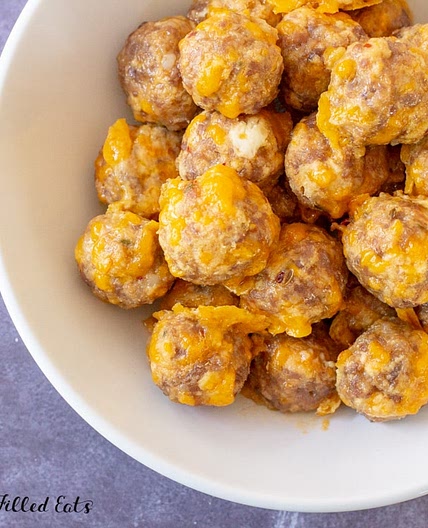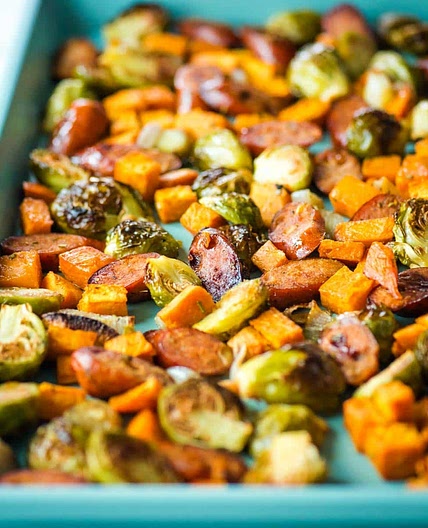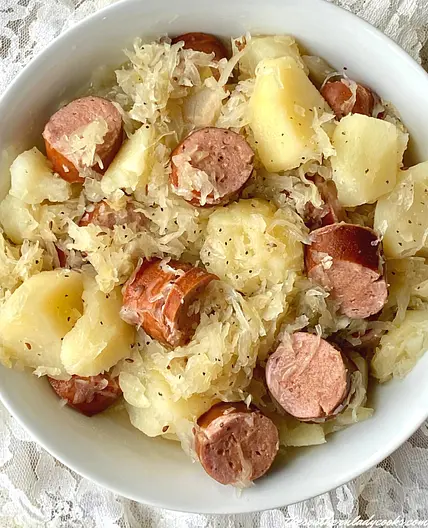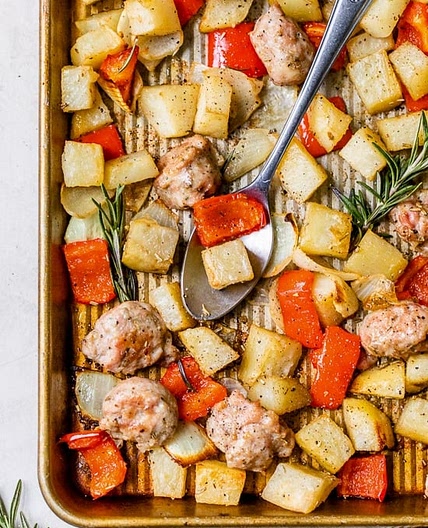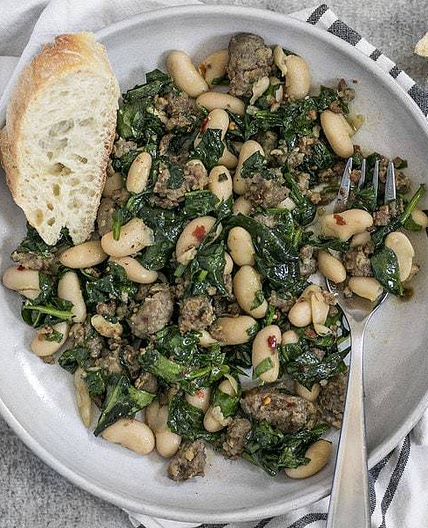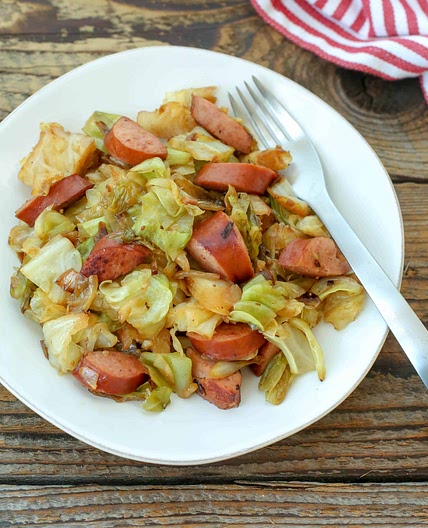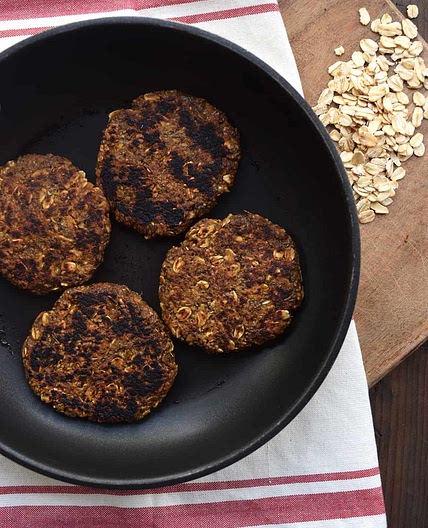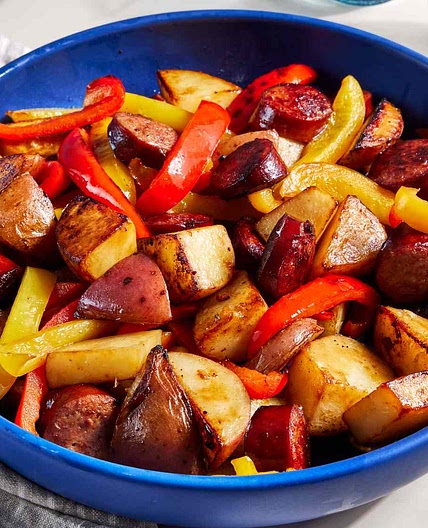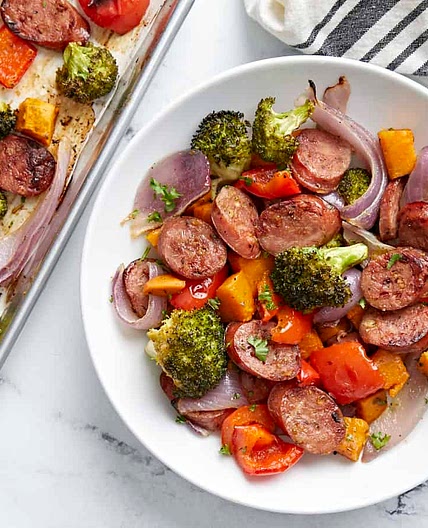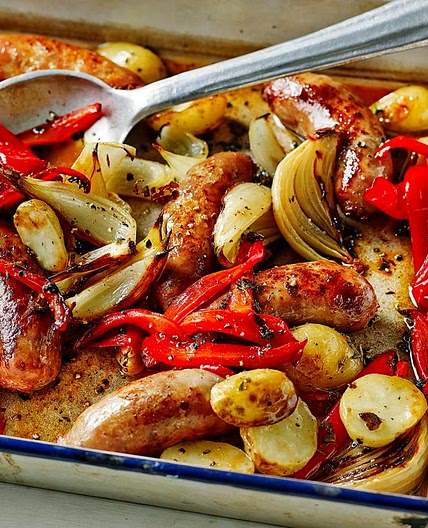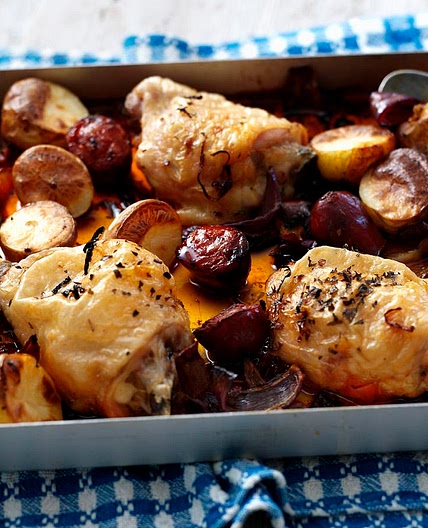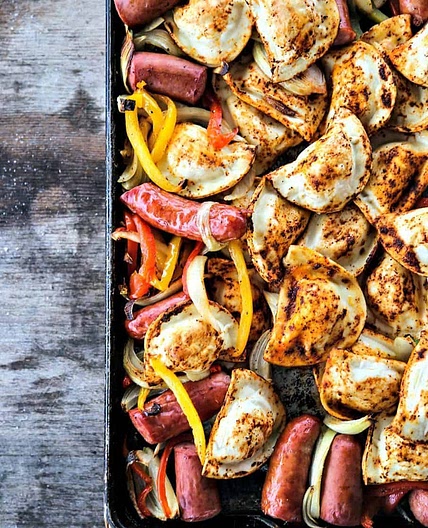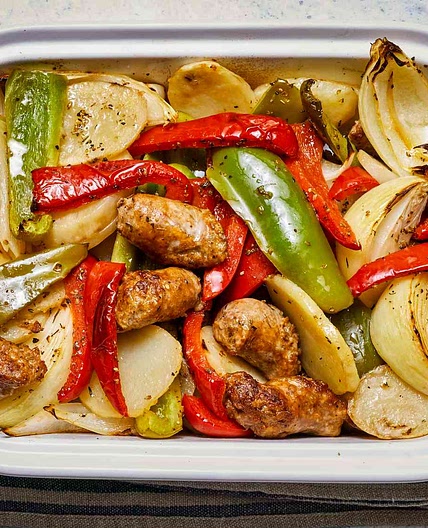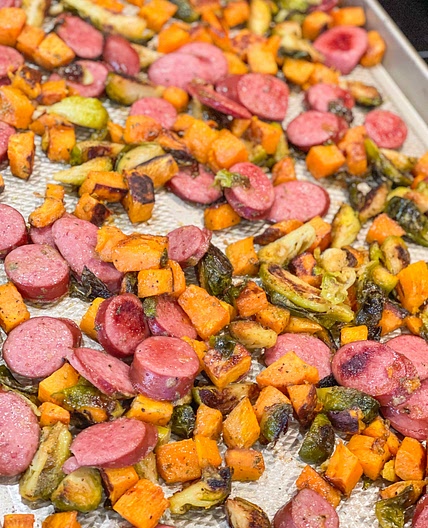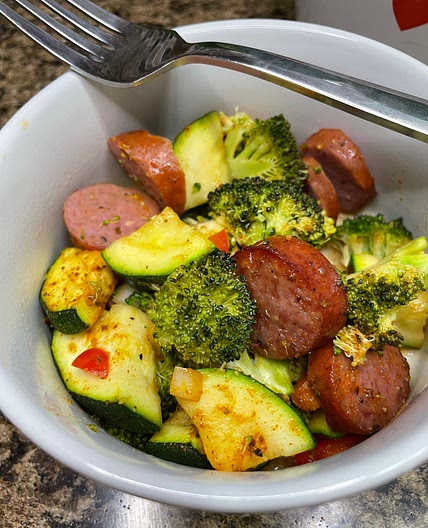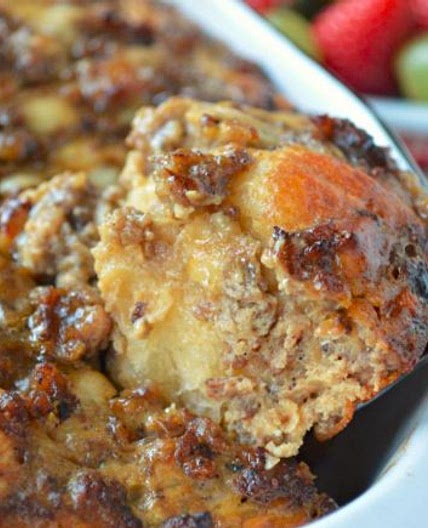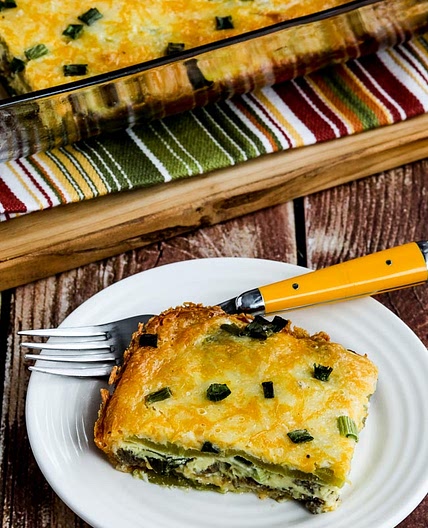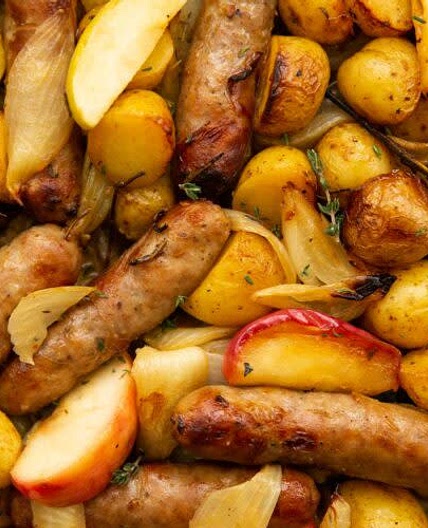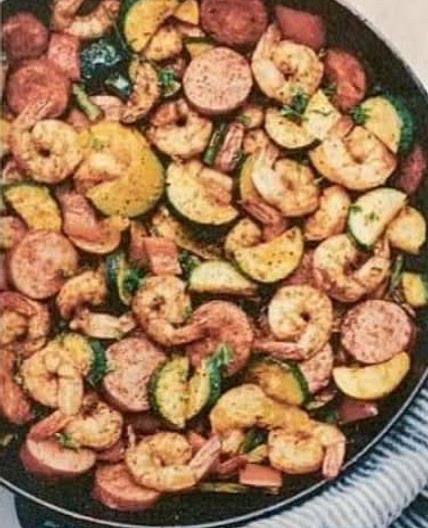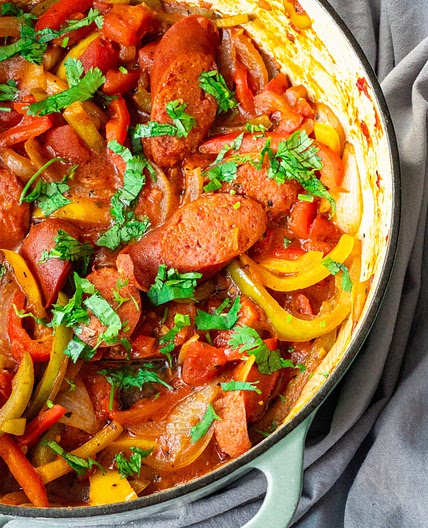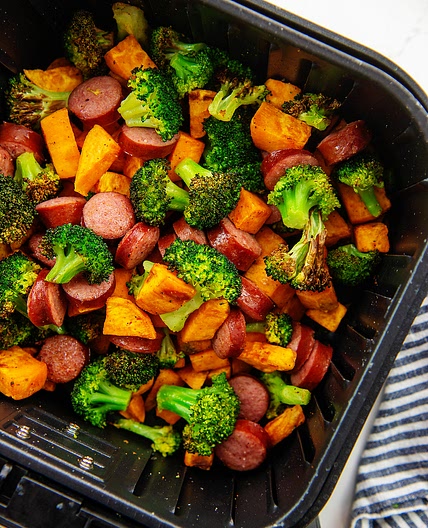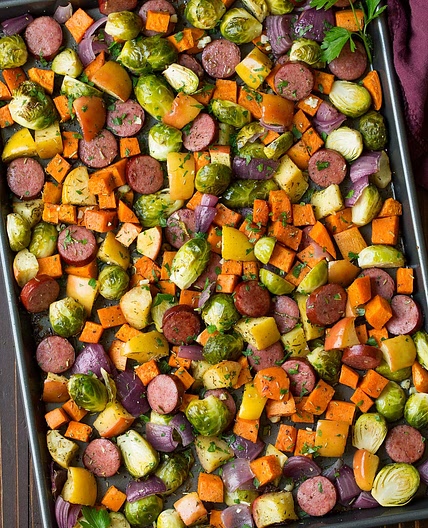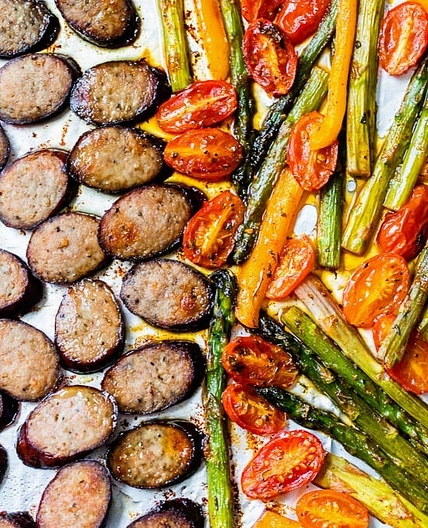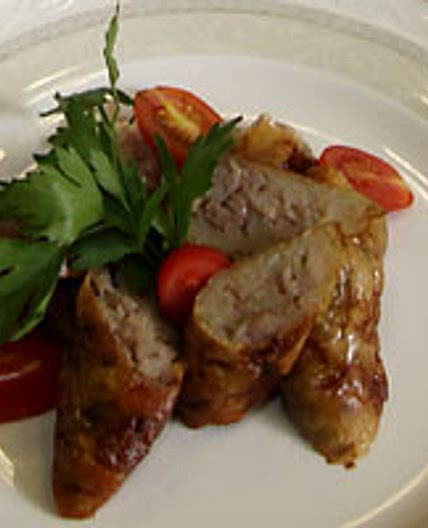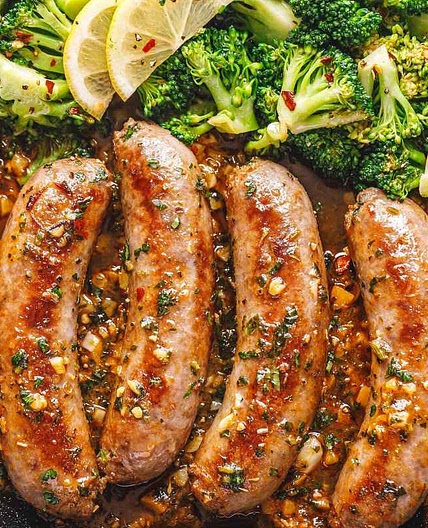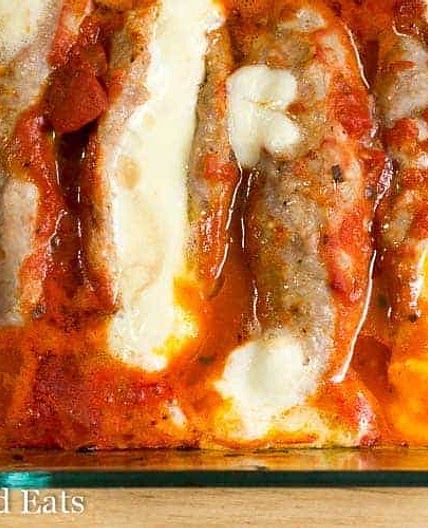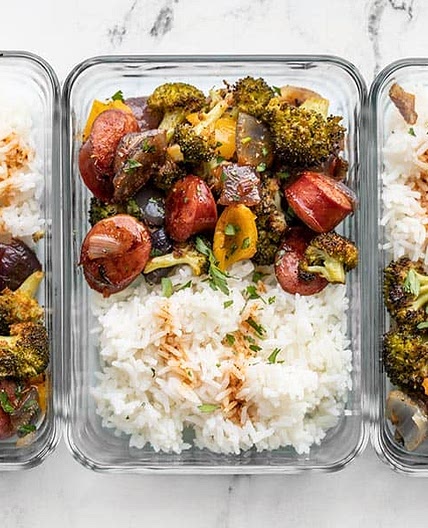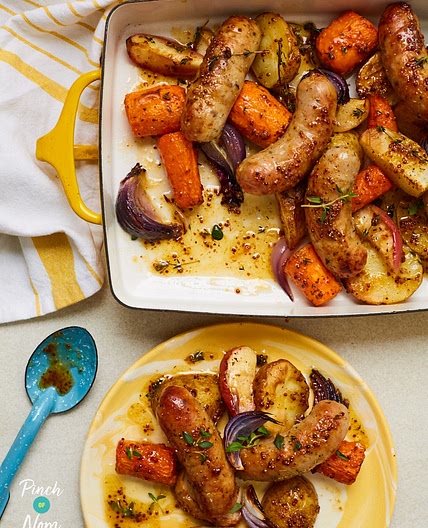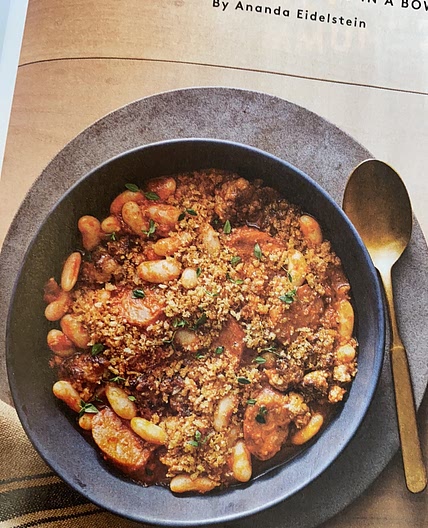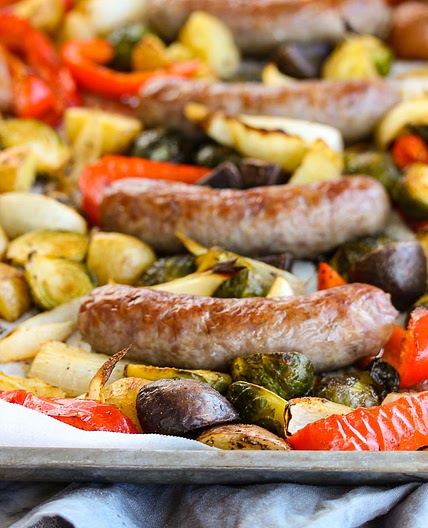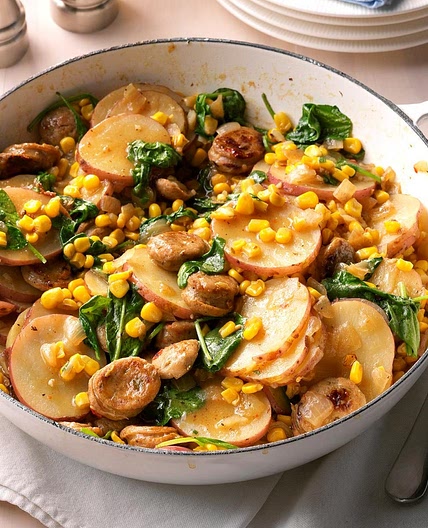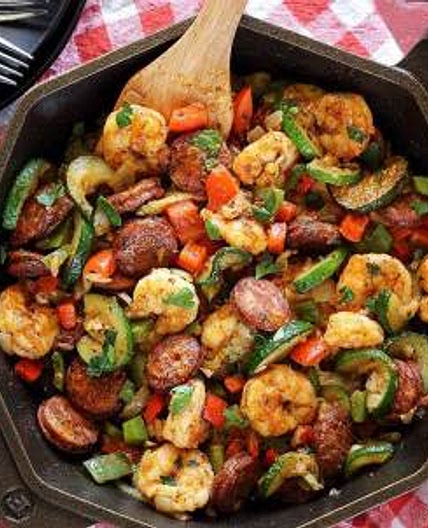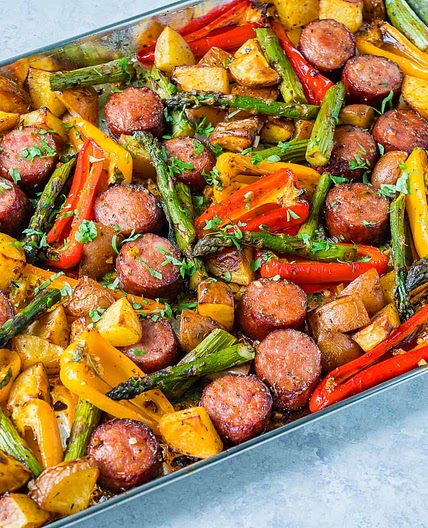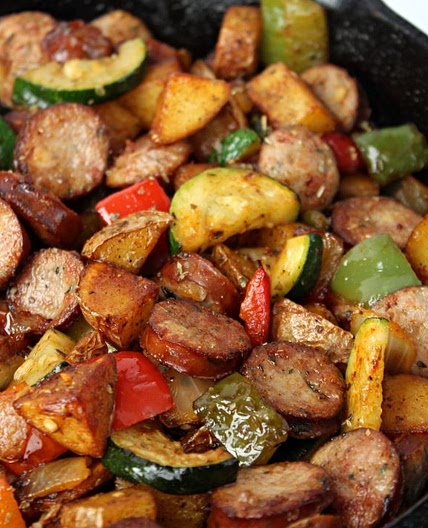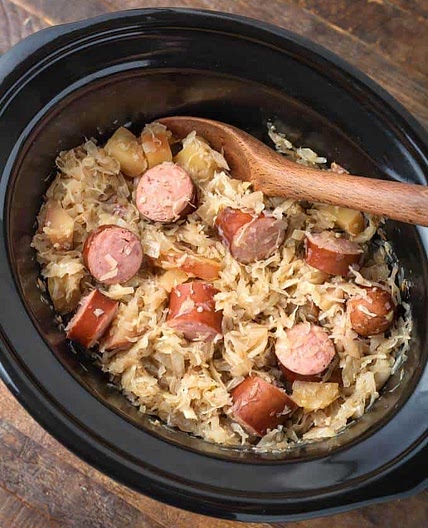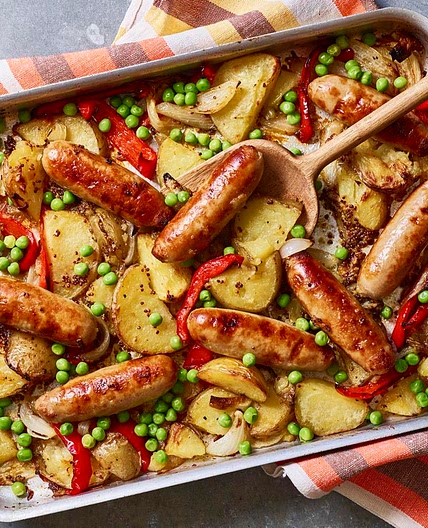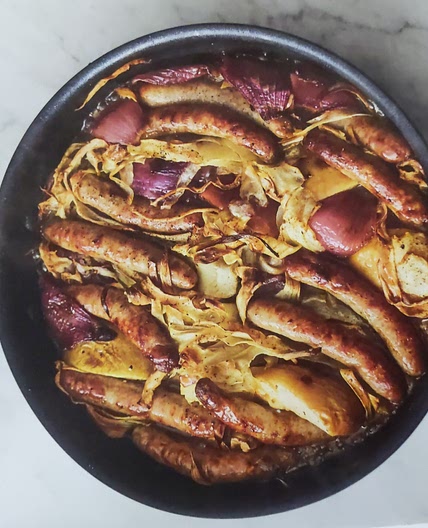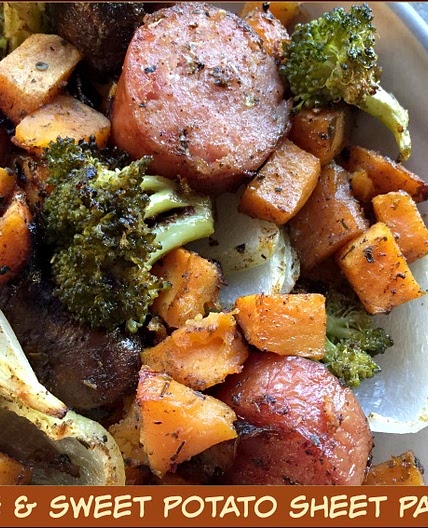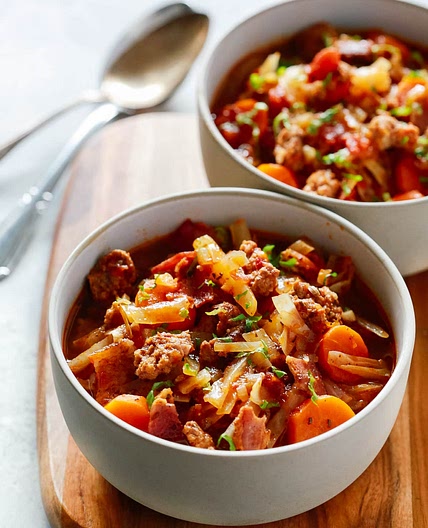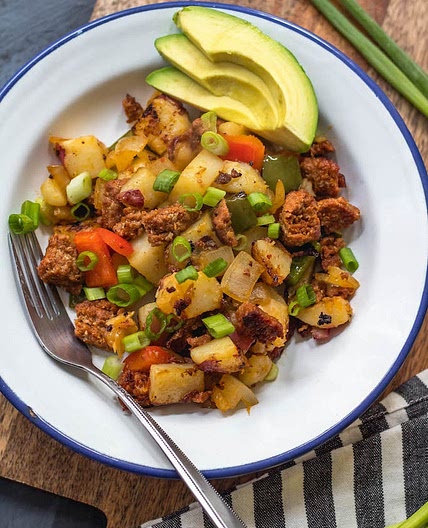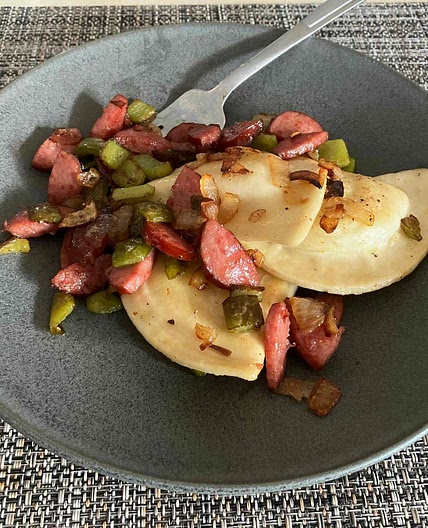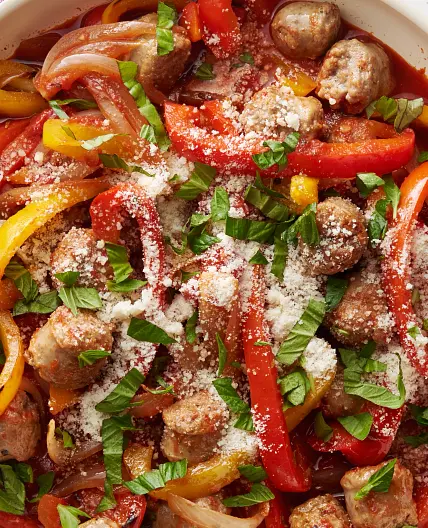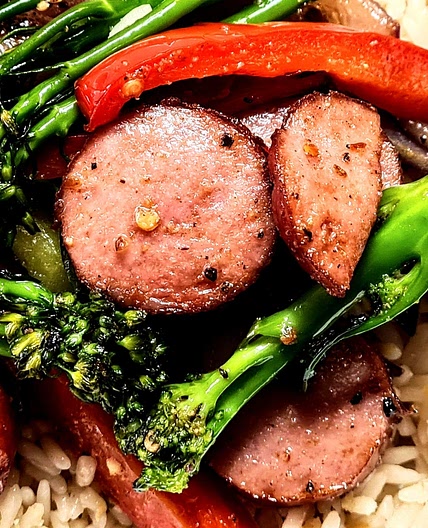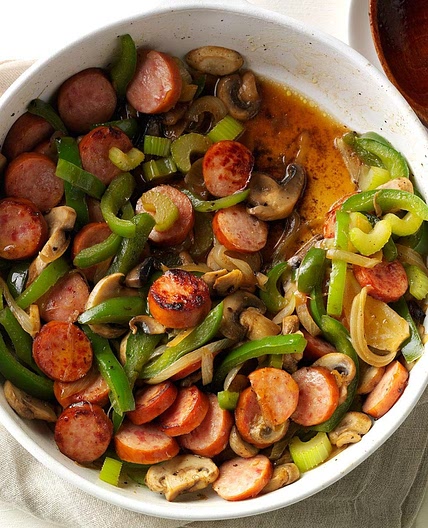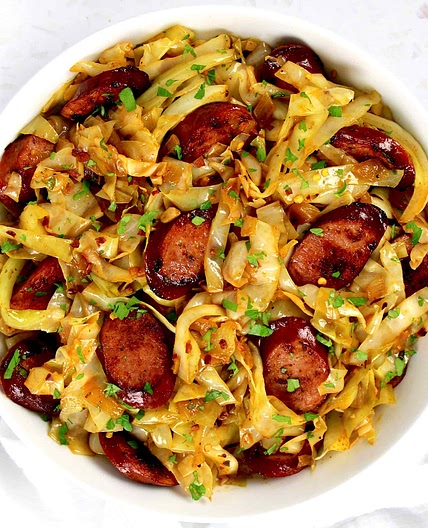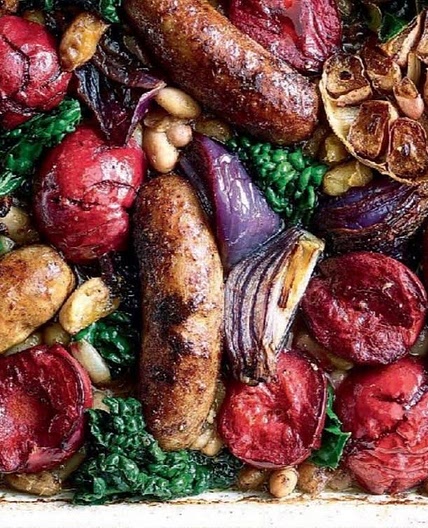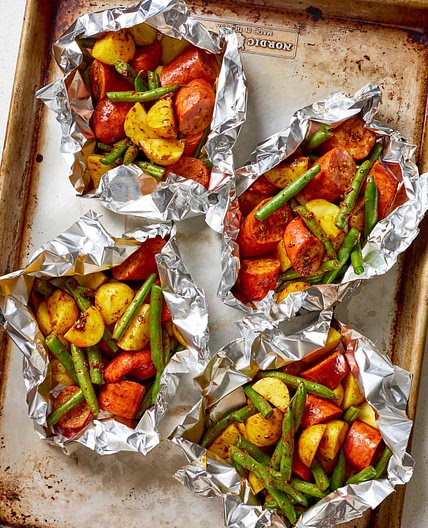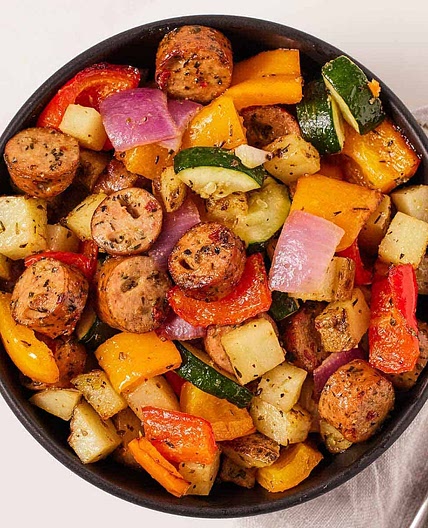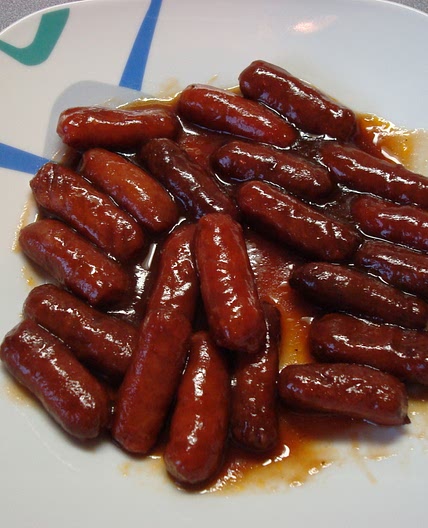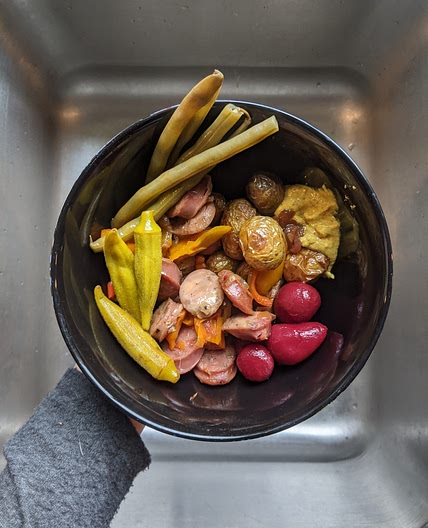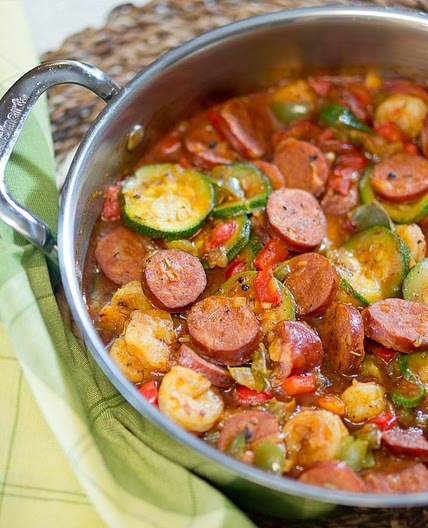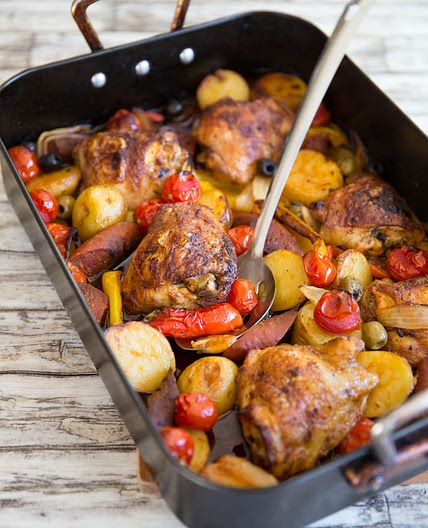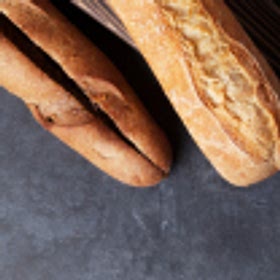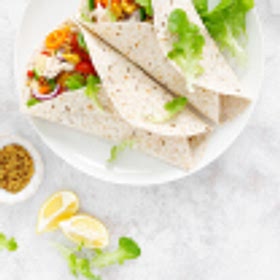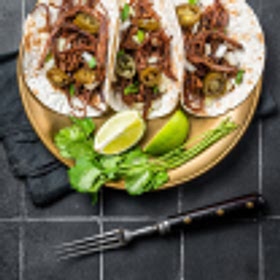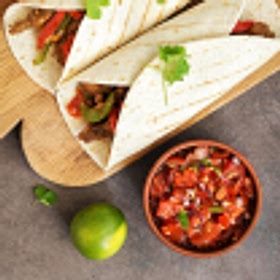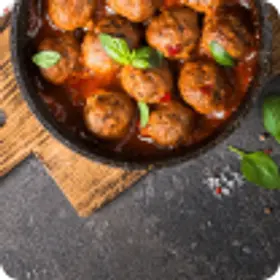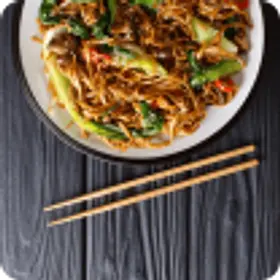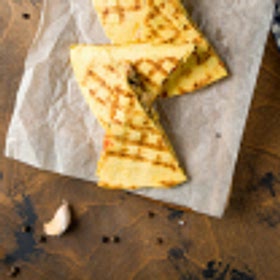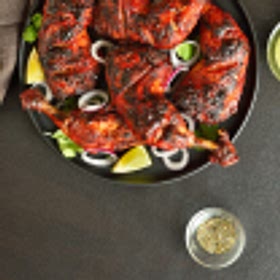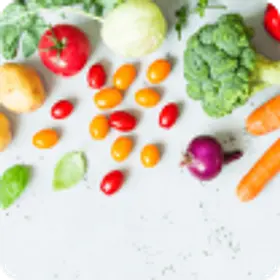Sausage: The Meat of the People
Sausage is one of the most versatile meats out there. Explore sausage varieties, cooking methods, and tips to enhance your sausage-based culinary creations.
Photo by Louis Hansel on Unsplash
Sausage is a global phenomenon, with varieties and flavors that have been a staple of diets all over the world for centuries. With so many flavors, textures, and cooking methods, sausage adds a savory punch to numerous dishes, from breakfast classics to hearty dinners. Or you can have a great meal just eating one by itself!
In this article, we’ll delve into the world of sausage, exploring its different varieties, cooking techniques, and offering tips to elevate your sausage-based creations. Get ready to tantalize your taste buds and expand your culinary horizons with the versatile and delicious sausage.
The History and Varieties of Sausage
Photo by Wesual Click on Unsplash
Sausage has a rich history that dates back to ancient times. Long ago, people needed a way to preserve meat, so they utilized natural casings and a mixture of ground meat, spices, and herbs to form the original sausages.
Today, sausage comes in a plethora of varieties, each with its unique flavor profile and regional influence. Sausage is such a global phenomenon, there’s even a 100 Most Popular Sausages in the World list. Some of the most popular include:
- Italian sausage: Bursting with robust flavors, Italian sausage is commonly seasoned with garlic, fennel, and a blend of herbs. It adds a distinctive taste to pasta dishes, pizzas, and sandwiches.
- Bratwurst: Hailing from Germany, bratwurst is a beloved sausage made from pork, beef, or veal. It is often grilled or pan-fried and enjoyed with sauerkraut and mustard.
- Chorizo: Originating from Spain and Portugal, chorizo is a spicy sausage seasoned with smoked paprika, garlic, and chili peppers. It adds a kick of flavor to stews, rice dishes, pastas, and more.
How to Cook Sausage
Photo by Rachel Clark on Unsplash
Sausage is incredibly versatile and can be prepared using various cooking methods, each yielding different results. Some of the most popular techniques include:
- Grilling: Grilling sausage imparts a smoky flavor and creates a crispy exterior. Remember to preheat the grill and cook the sausages over medium heat, turning them occasionally for even cooking.
- Pan-frying: Pan-frying sausage allows for precise control over the cooking process. Heat a skillet over medium heat, add a small amount of oil, and cook the sausages until browned and cooked through.
- Baking: Baking sausage in the oven is a convenient method that requires minimal effort. Preheat the oven, place the sausages on a baking sheet, and bake until they reach the desired doneness.
Tips and Tricks for Perfect Sausage Dishes
Photo by Bruno Kelzer on Unsplash
While you can’t really go wrong making a sausage, you can go better. Here’s what to keep in mind when preparing a sausage-based dish:
- Select high-quality sausage: Opt for sausage made from fresh, high-quality ingredients. Look for sausages that are firm, well-seasoned, and free from any unpleasant odors.
- Enhancing the flavor: Experiment with different herbs, spices, and marinades to elevate the flavor of your sausage dishes. Fresh herbs like rosemary, thyme, and sage work wonders in complementing the savory notes of sausage.
- Pairings and accompaniments: Sausage pairs well with a variety of ingredients. Consider serving it with caramelized onions, sautéed peppers, mustard, or a tangy tomato relish to enhance the overall taste experience.
FAQs
Can sausage be enjoyed as a standalone dish?
Of course! Sausage can be enjoyed on its own, either grilled, pan-fried, or baked. It makes for a delicious main course or a tasty snack.
Are there vegetarian or vegan sausage options available?
Yes, there are vegetarian and vegan sausage alternatives made from plant-based ingredients such as soy, tofu, seitan, or vegetables. These options provide a tasty alternative for those following a vegetarian or vegan diet.
How can I ensure that sausage is cooked thoroughly?
It is important to ensure that sausage is cooked thoroughly to avoid any food safety risks. Use a meat thermometer to check the internal temperature, which should reach at least 160°F (71°C) for pork sausage and 165°F (74°C) for poultry sausage.
Can I freeze sausage?
Yes, you can freeze sausage to extend its shelf life. Wrap the sausage tightly in plastic wrap or store it in airtight containers before placing it in the freezer. Make sure to label the packaging with the date for future reference.
Can sausage be incorporated into other dishes besides breakfast?
You can have sausage at every meal of the day. You can have it as a mid-day snack, or even a midnight snack! Sausage adds flavor to pasta sauces, soups, casseroles, and even pizza toppings. Get creative and experiment with different recipes!
How long can I store cooked sausage in the refrigerator?
Cooked sausage can be stored in the refrigerator for up to 3-4 days. Make sure to cool it down properly before refrigerating and store it in a covered container to maintain its freshness.
Are there any regional specialties involving sausage?
Yes, sausage plays a significant role in regional cuisines around the world. From the bratwurst of Germany to the chorizo of Spain and the merguez of North Africa, each region has its own unique sausage specialties. Sausage is enjoyed practically everywhere in the world, so do a little research and see what you find!
Can I make my own sausage at home?
If you’d like to! Making sausage at home can be a rewarding culinary experience. With the right equipment and ingredients, you can create custom blends of flavors and experiment with different seasonings to suit your taste preferences.






